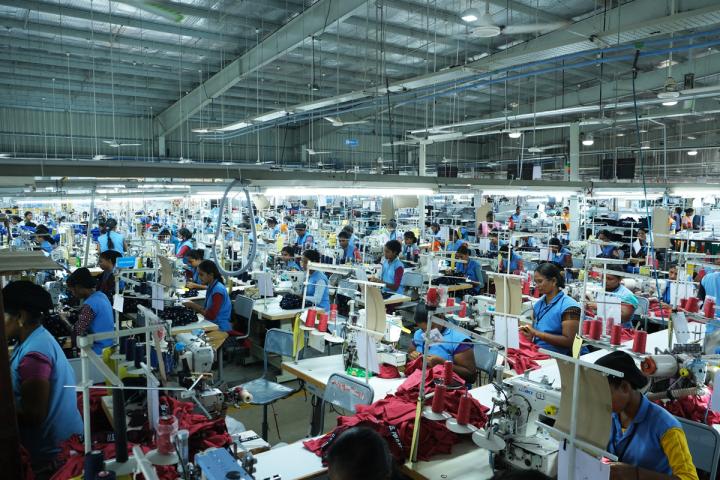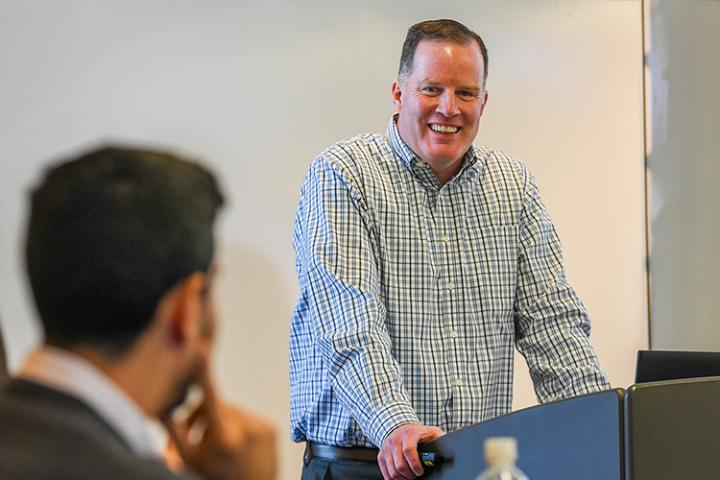
The Limits of the Platform Economy
While digital platforms continue to arise and expand the gig economy into new and various sectors of work, some industries have structural features that frustrate the growth of labor-based online platforms.
In his paper, “Why isn’t there an Uber for live music? The digitalization of intermediaries and the limits of the platform economy,” Research Professor Ian Greer, M.S. ’03, Ph.D. 05, and his co-authors argue that certain markets – such as the live music industry – have organizational characteristics make them resistant to the platform model.
According to the authors, who include Dario Azzellini, University of Zacatecas, and Charles Umney, University of Leeds, “Our main contribution is to show how the limits to platformisation do not only reflect resistance by workers or inadaptability by entrepreneurs, but also historical and organisational characteristics that render certain industries resistant to the platform model.”
At face value, the live music industry seems ripe for “platformisation,” stemming from a long history of being a “gig” economy with bands and musicians performing a series of one-off engagements with infrequent long-term employment. Likewise, other aspects of the music industry – such as recorded music – have long been available on various digital platforms.
However, through interviews and a systematic review of 168 “intermediary websites” – including agents’ websites, platforms and listing sites allowing individuals to connect offline – in Germany and the United Kingdom, the authors found that there are three external factors that will limit the growth of platforms:
- The difficulty of quantifying value.
- The complexity and contingencies inherent to the task being performed.
- Fragmentation of the organizational field.
Valuation is a first problem. Usually, platforms take intangible qualities and simplify them into some form of numerical scores, such as star ratings, which can then be quickly compared. In the case of judging musicians, many of the intermediary websites expected visitors to examine audio files, press photographs, video samples and select customer testimonials, which “undermines the transaction-accelerating function of platforms.”
Moreover, live music, as a set of tasks, is complex, and a live music transaction involves contingencies that vary widely between engagements and are unpredictable by nature. As a result, the service and its price – along with contingencies such as food, drinks, dressing room, equipment set up and tear down – are subject to ongoing negotiation, which are severely limited through intermediary websites.
Finally, fragmentation of the field prevents live-music platforms from achieving economies of scale. The authors explain that “function” gigs (i.e. a wedding or corporate retreat) and “creative” gigs (i.e. playing original compositions at a festival) involve fundamentally different expectations from the client, and while the same musicians may work across both domains, the gigs are radically different. These differences make a one-stop platform catering to all market segments impractical.
“While our selected industry is a distinctive and specific one, this general point merits consideration much more widely,” concluded the authors. “Another notable finding from the study is that the platforms we uncovered almost all operated using a commercial logic. None of them displayed the ‘sharing economy’ ethos … and we found no evidence that unions or collectives were creating platforms to improve the terms of exchange on live music markets. This surprised us, because, despite being only very infrequently collectively organised, historical evidence gives plenty of examples of collective mobilization over working conditions by musicians.”
The paper appears in the March edition of the New Technology, Work and Employment journal.


